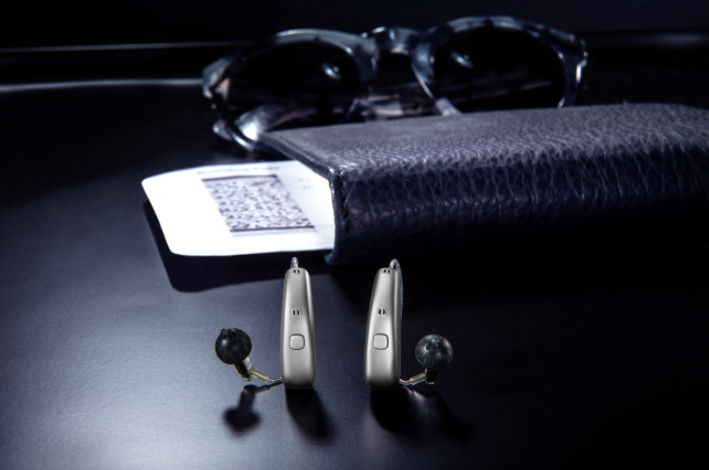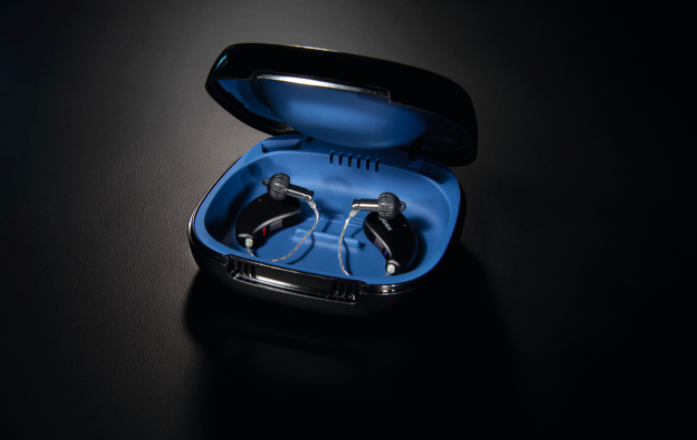Telehealth and Remote Services: Insights from a Recent Widex Survey
Audiology Online: What is the current state of telehealth?

Lise Henningsen: Telehealth has emerged as an important component to help slow the spread of the COVID-19 pandemic in the U.S. Remote care has helped to ease the burden on traditional healthcare systems by encouraging patients with mild-to-moderate ailments like hearing loss to seek help via virtual web-based applications. In fact, due to the COVID-19 pandemic, the U.S. telehealth market is expected to witness over 80% YOY growth in 2020.
In response to the pandemic, health service providers such as audiologists have ramped up telehealth services to connect healthcare providers and patients remotely. In March, when state governments began implementing social distancing and shelter-in-place measures to contain the pandemic, telehealth services became an effective tool for healthcare management. Widex introduced REMOTE CARE as a result, offering the most comprehensive distance audiology services to support audiologists.
Audiology Online: How has the pandemic changed how patients want to receive care?
Lise Henningsen: Healthcare professionals are finding that many Americans have utilized telehealth services, and most appear to like it – which has major implications for a post-pandemic future. In fact, a recent nationwide survey of 2,000 adults found that 42% have used telehealth services since the beginning of the pandemic. Meanwhile, 82% of survey respondents reported they like using telehealth services. Of those respondents who like using telehealth services, 51% said that if they were to use telehealth services post COVID-19, convenience would be the most important reason why they would continue to use it.
Audiology Online: How do you foresee telehealth evolving in the audiology field moving into the future?
Lise Henningsen: While many anticipate a return to face to face meetings, the telehealth option has been perceived as a positive addition. To truly understand the implications for the audiology field specifically, we recently conducted our own survey of 798 individuals. We found that, to date, a majority of respondents (53%) said they were very likely to use telehealth services. This research suggests that a growing number of older adults are resolved to embracing telehealth services because of the long-term effects associated with Covid-19. While 27% of respondents said they use telehealth services to reduce the risk of COVID-19 infection, there is a range of reasons patients will likely use it following the pandemic. Ten percent indicate telehealth saves time, 16% say it’s convenient and 21% report that telehealth is an added way to stay in close contact with their provider.
Audiology Online: What other new insights did you gain from Widex’s recent survey?

Lise Henningsen: Based on an analysis of the responses from 798 individuals who completed all the Widex survey questions, it was determined that sound quality is clearly the most important hearing aid feature by a solid majority of this group (61%) as well as the biggest challenge associated with hearing aid use (48%).
We also found that fitting and fine-tuning skills of HCP are most valued. The survey asked respondents to list the most beneficial reasons for working with an HCP. The highest-ranking response was fitting and fine-tuning (40%), followed closely by assurances that their HCP is an expert (30%). Professional care (13%) and clear explanations of hearing loss and hearing needs (11%) rounded out the list. Considering sound quality is the most important feature and biggest challenge associated with use for most respondents, the fitting and fine-tuning skills of the HCP as the highest-ranked attribute of the HCP is not unexpected.
Audiology Online: How should audiologists prepare for a post-pandemic future?
Lise Henningsen: Given the majority of people who benefit from hearing care services are over the age of 60, which is also the age for individuals with the highest risk of COVID-19 related illnesses, telehealth services are likely to remain an essential component of how hearing-related services are delivered now and into the future. And since audiology services have, historically, been delivered across several in-person appointments, the rise of COVID-19 presents an opportunity for hearing care professionals to supplement in-person care with remote services.
It’s important that quality of care isn’t compromised, even while remote. That’s why it’s critical to partner with a hearing aid partner that offers a comprehensive remote service platform – such as WIDEX REMOTE CARE – to continue providing patients with the same high level of service.
Summary Five Key Points:
- Readers will gain deeper understanding on the current state of telehealth/remote services in the industry
- Learn more about how the pandemic has forever changed practice
- Urge audiologists to consider integrating remote services permanently
- Gain insights from other Widex survey findings regarding the hearing health industry
- Prep audiologists to take on a future that includes both in-person and remote care


